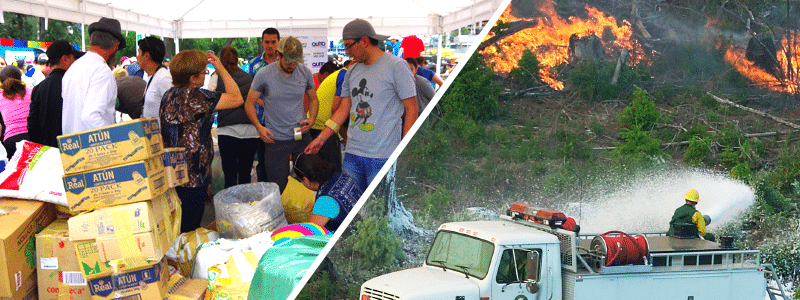Northeastern Alberta continues to burn. Nineteen days after the blaze that has devastated Fort McMurray began at the beginning of May, it has grown to unimaginable proportions, the latest estimate being 877,000 acres (or roughly four times the size of New York City).
[Read: From disaster come stories of incredible compassion: #FortMacFire]
Media coverage of the disaster has likewise been far-reaching, with news items having been run by prominent outlets the world over, from India to Australia to Japan.
And of course the United States’s media machine has also been churning out extensive coverage.
[ctt title=”Between May 1 and May 19, U.S. online outlets published just shy of 26,000 items on the Fort Mac wildfire. That is no small thing.” tweet=”Between May 1 and May 19, U.S. online outlets published just shy of 26,000 items on the Fort Mac wildfire. That is no small thing. via @Mediamiser” coverup=”tVd8q”]
But while that number may seem large, it shrinks when compared with the coverage afforded another natural disaster farther south.
On April 16 of this year, Ecuador was struck by a massive earthquake measuring 7.8 on the Richter scale (for scope, the quake that devastated Nepal the previous April also measured a 7.8). Over the following 19 days, American websites devoted more than 36,000 online articles to news on the quake. That’s roughly 40 per cent greater than the Fort McMurray coverage.
While media coverage can be precisely measured in real time, the scale of damage and suffering resulting from these disasters, and the countless others like them, can only be counted after the fact. But that doesn’t mean you can’t help mitigate that suffering: Please consider donating to the Red Cross’s Fort McMurray Fires Emergency Appeal or the Ecuador Earthquake Appeal.







